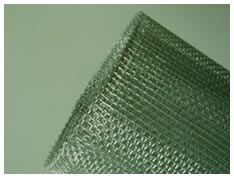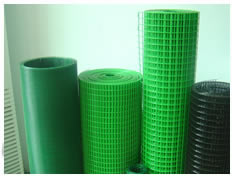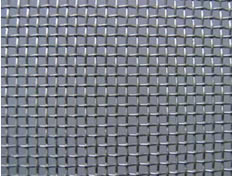Stainless Steel square wire mesh is manufacturer in stainless steel wire(304 or 316). Stainless Steel Wire Mesh can be divided into Stainless Steel Wire Mesh Square Opening and Stainless Steel Wire Mesh Dutch Weave according to weaving types, while Square Opening Stainless Steel Wire Mesh can be further divided into square wire mesh plain weave and square wire mesh twill weave.
Type 304 often refers to as "18-8" (18% chromium, 8% nickel ). T-304 is the basic stainless alloy mostly commonly utilized for wire cloth weaving. It withstands outdoor exposure without rusting and resists oxidation at an elevated temperature up to 1400 Degrees Fahrenheit. Type 304 L is very similar to T-304, the difference being the reduced carbon content for better weaving and secondary welding characteristics.
Type 316: Stabilized by the addition of 2% molybdenum, T-316 is an "18-8" alloy. Type 316 has better resistance to pitting corrosion than the other chromium-nickel stainless steels where brines, sulfur-bearing water or halogen salts, such as chlorides are present. Type 316 L: Type 316 L is very similar to T-316, the difference being the reduced carbon content for better wire cloth weaving and secondary welding characteristics.
Stainless Steel Wire Mesh Square Opening usually refers to woven stainless steel wire mesh, in Plain Weave or Twill Weave patterns.
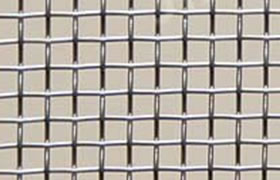 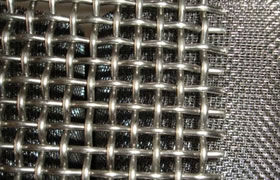
Plain weave stainless steel wire mesh:
This is the most commonly used style of weaving. Every second wire is woven in, warp and weft wires run over and under each other alternately and interlock. Plain weave wire meshes guarantee optimum accuracy of apertures or filter pores. Plain weave wire mesh use wires that are thinner than the corresponding apertures.
Twilled weave stainless steel wire mesh:
In cases where increased wire thickness is required in relation to the aperture size, which yield in the weaving process cannot withstand, this style of weave is chosen. At least two wires are woven in pairs, subsequently displacing a single wire. Mesh stability is controlled by a combination of aperture size and wire strength, and displays a slight diagonal trend. Using modern weaving technology, excellent stability of weave can be achieved. |
